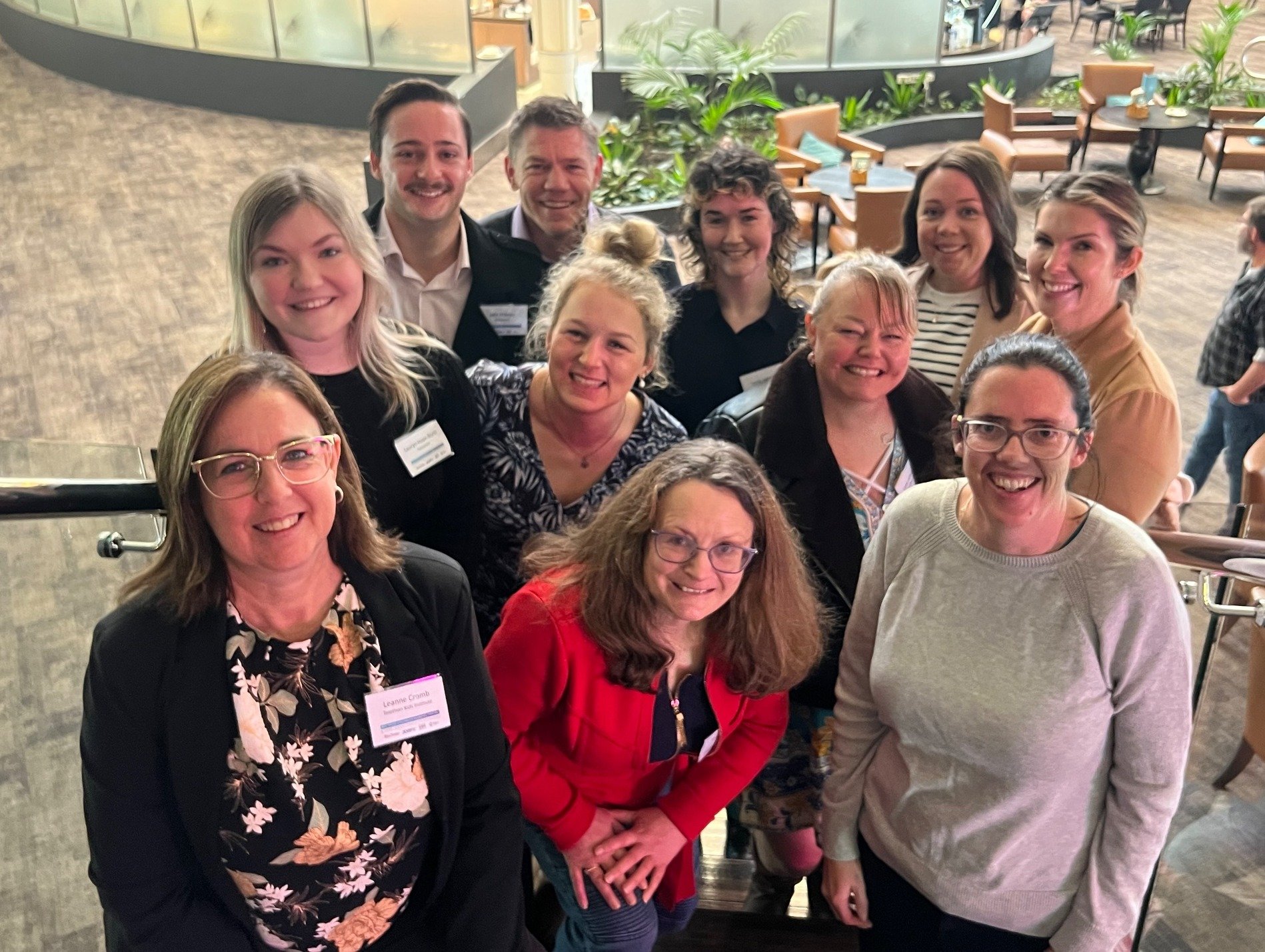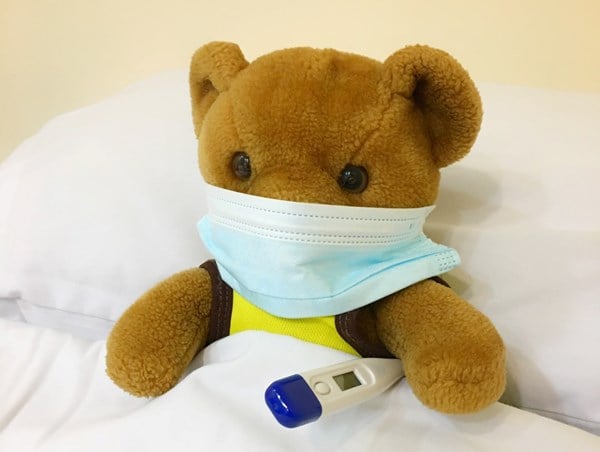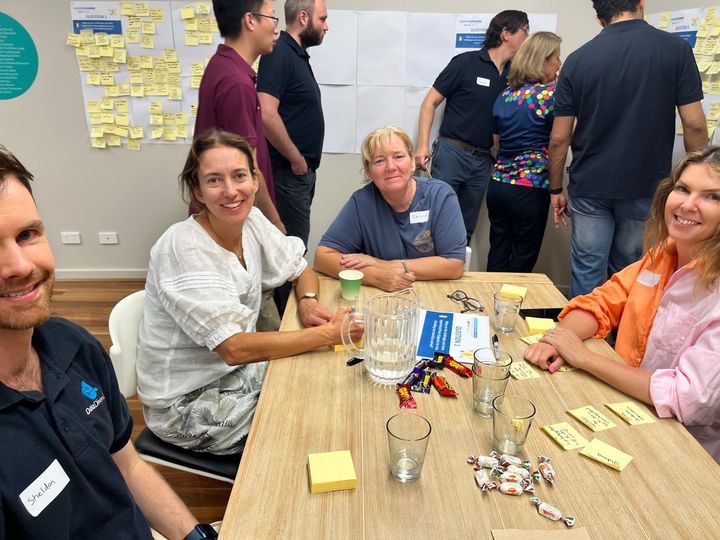Search

News & Events
Community Involvement in the Centre's ResearchCommunity Involvement and Consumer Representatives are a really important part of our research. Find out what they have been working on.

News & Events
The PERSIST StudyThe Persist Study Community Workshop. Help us to understand how to engage other youth who live with T1D!

News & Events
International Nurses DayToday, May 12th, is International Nurses Day. To celebrate the wonderful nurses in our diabetes team, we asked Clinical Research Nurse Manager Alex Tully a few questions to find out what she does and why she does it.


News & Events
New semaglutide study for adultsEvaluating the biological activity of a single dose of encapsulated oral semaglutide in healthy adults over a period of one week.

A new research study conducted by Professor Jeneva Ohan and Dr Keely Bebbington aims to develop our understanding of how adolescents navigate these disclosure decisions, and how we can support them to feel more confident when talking to others about their diabetes.

News & Events
Cybersecurity awarenessTechnology is an important part of diabetes management but its important to stay cybersecurity aware.

News & Events
Flu Program for PatientsFlu season is here. The Paediatric Influenza Vaccine Program has started at PCH. Available now to inpatients and children attending outpatient appointments, everyone is encouraged to get the influenza vaccination.ne.

News & Events
Easter TipsHow to enjoy the special time and strike a healthy balance between enjoying Easter treats and maintaining your healthy meal routine

News & Events
DiabHQ is comingThe innovative new data platform that will provide patients and families, clinicians and researchers with unparalleled access to diabetes-related information and resources is on its way. As the DiabHQ project enters its second year, we reflect on the progress to date and what lies ahead.
